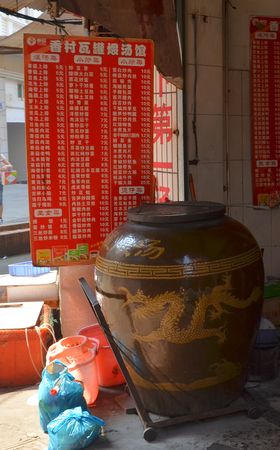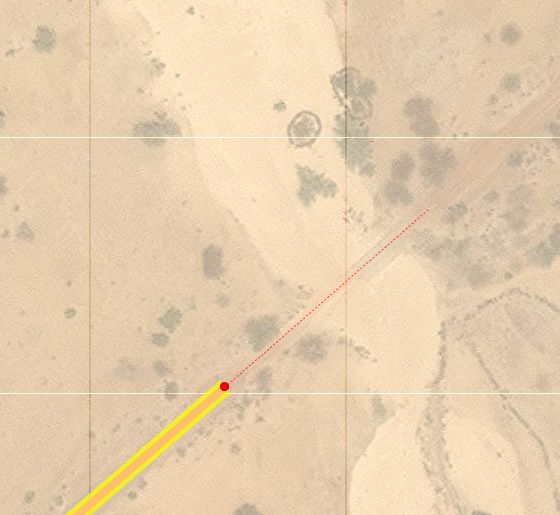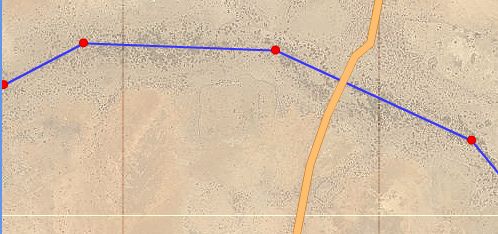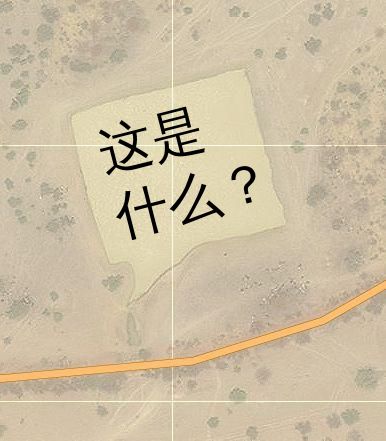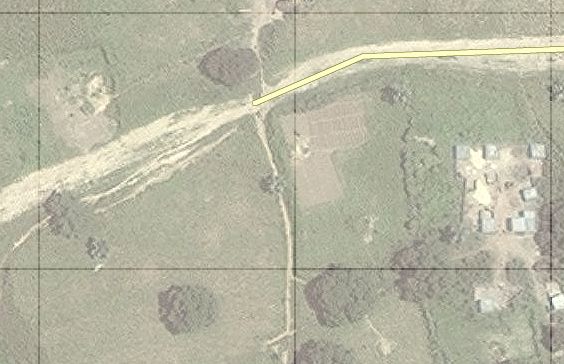High danger in current OSM management of motorways junctions
Posted by Popolon on 17 October 2022 in English.The current usage of tags in OSM for junctions between motorways is really dangerous in high density areas.
- There is currently a tag for the junction that is put at the point where the driver can’t change anymore way but at great risk.
- Author of the current situation say that it’s fine as there is some tags on main lane say there is a junction and mode lane during the split of main road and junction.
I tried it around Paris with Organic Maps in navigation mode. An oral announce is made few hundred meters that driver should at left or right in few hundred meters, then when the change is no more possible, that the change should be made.
In high density areas, junctions can be on the left or on the right, two or three exits can follow from few tens of meters, making it more confusing, especially if there in not any announce of the name or number of the exit (as in case of Organics Maps), and on often overloaded traffic in these areas.
A good solution could be the announce of the exit direction, number or road name/number to follow, that could be verified on traffic signs, this imply that traffic signs nodes contains these informations. In France, on A6, exit numbers are given (ref field), but not the exit direction/name (name field).
Around Ris-Orangis in about 1000m (~40s at 90km/h) there are lot of changes at left/right between A6a, a6b and A10 The current representation doesn’t display at all the parallel lanes, but only start at the last moment the change can be done, from few tens of meters to several km after the start.
The driving rules, say to go as soon as possible on the exit and THEN to slow down quickly, not to slow down on the main lane, nor to wait for last time to change to exit lane.

